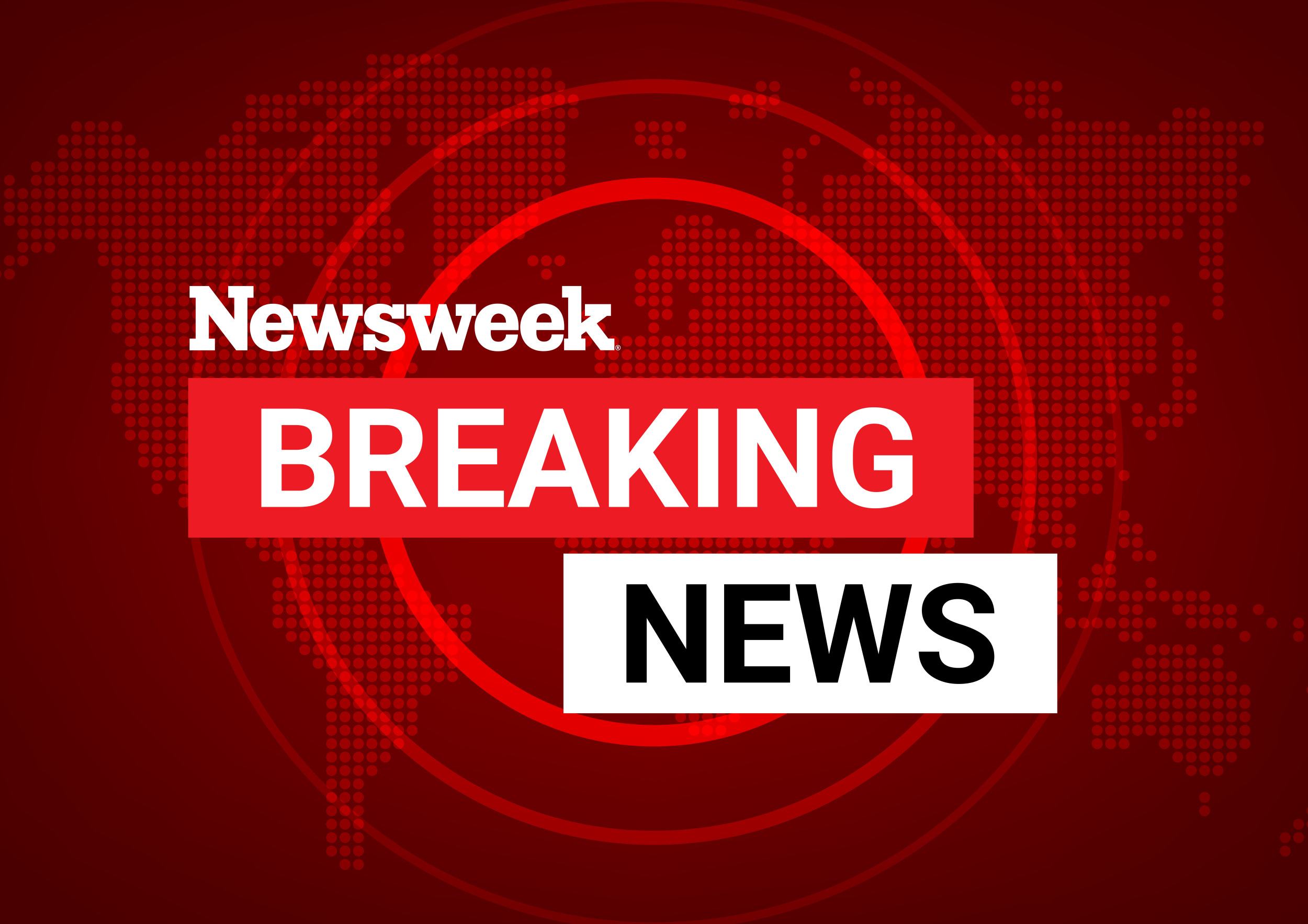The Icelandic Met Office has released a map showing the progression of lava flows from the ongoing eruption on the Reykjanes Peninsula.
Created using satellite imagery captured at 6:16 a.m. local time on Thursday, the map displays the current lava spread in red, alongside previous lava flows from earlier eruptions in 2023 and 2024, marked in purple.
The eruption site, identified using satellite data from 4:14 a.m., is centered between Stóri-Skógfell and Sýlingarfell.
The latest observations indicate that eruptive activity has contracted by approximately 2,000 feet from the fissure's southern end, according to drone measurements by Iceland's National Police Special Forces.

Lava flows have crossed Grindavík road and, as of 8:00 a.m., reached the Njarðvík Line hot water pipeline.
The lava is flowing at around 1,000 feet per hour, according to a Met Office Facebook post earlier this morning.
Authorities warn that northeastern winds over the next two days will carry gas pollution toward Grindavík, Svartsengi, and Reykjanesbær.
While no moss fires are expected, residents in affected areas should remain vigilant for air quality impacts.
The eruption, which began at 11:14 p.m. on November 20, remains ongoing, with the most active lava flow now concentrated in the central section of the fissure.
This eruption marks the seventh this year and the latest in a series of eruptions since 2020 that marked the reawakening of this volcanic region which had lay dormant for hundreds of years.

"In the case of the Reykjanes peninsula following a long period of hiatus (~780 years), seismic and volcanic unrest began in 2020, accompanied by inflation—this suggested new melt was indeed making its way into the crust," Jenni Barclay, a volcanologist at the University of Bristol, told Newsweek.
"Since then there have been multiple episodes of eruption and then inflation—and this is the latest in them. This may go on for some time."
Dozens of homes were evacuated as the lava began flowing yesterday, as were guests at the world-famous Blue Lagoon resort.
Barclay said, "Unfortunately, when lava comes flowing into your neighborhood, there are only a few things you can do," pointing to impressive barriers and ditches erected in the region to direct lava flows.
Some of these defensive barriers are shown on the map as brown lines encircling the Blue Lagoon and Svartsengi Geothermal Power Plant—a vital piece of infrastructure that is harnessing the powerful source of energy from which it must also be protected.
Do you have a tip on a science story that Newsweek should be covering? Do you have a question about volcanoes? Let us know via science@newsweek.com.



















 English (US) ·
English (US) ·